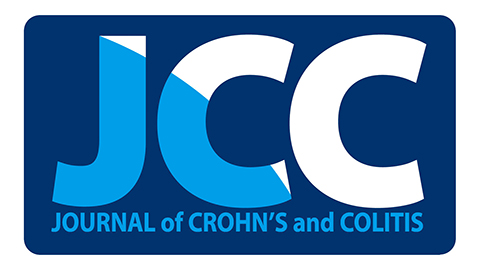
“Liver steatosis is common in Human Immunodeficiency Virus (HIV) – Hepatitis C Virus (HCV) co-infected patients. Some recent studies have found that cannabis use is negatively associated with insulin resistance in the general population and in HIV-HCV co-infected patients.
Given the causal link between insulin resistance and steatosis, we hypothesized that cannabis use has a positive impact on steatosis.
Therefore, we aimed to study whether cannabis use in this population was associated with a reduced risk of steatosis, measured by ultrasound examination.
The ANRS CO13-HEPAVIH cohort is a French nationwide multicenter of HIV-HCV co-infected patients. Medical and socio-behavioral data from clinical follow-up visits and annual self-administered questionnaires were prospectively collected. A cross-sectional analysis was conducted using data from the first visit where both ultrasound examination data for steatosis (positive or negative diagnosis) and data on cannabis use were available. A logistic regression model was used to evaluate the association between cannabis use and steatosis. Among study sample patients (n=838), 40.1% had steatosis. Fourteen percent reported daily cannabis use, 11.7% regular use, and 74.7% no use or occasional use (“never or sometimes”).
Daily cannabisuse was independently associated with a reduced prevalence of steatosis (adjusted odds ratio [95%]=0.64 [0.42;0.99]; p=0.046), after adjusting for body mass index, hazardous alcohol consumption and current or lifetime use of lamivudine/zidovudine. Daily cannabisuse may be a protective factor against steatosis in HIV-HCV co-infected patients. These findings confirm the need for a clinical evaluation of cannabis-based pharmacotherapies in this population.”
https://www.ncbi.nlm.nih.gov/pubmed/28984055
http://onlinelibrary.wiley.com/doi/10.1111/jvh.12797/abstract








 “We sought to quantify the anti-inflammatory effects of two
“We sought to quantify the anti-inflammatory effects of two